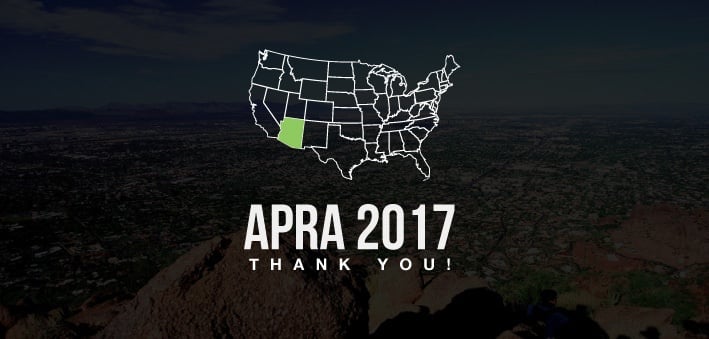Balancing Recreation and Conservation
While we focus so much on the well being of our community through nature and recreation – as well as the importance of conservation – we seldom discuss the interplay between recreation and conservation. It’s not all sunshine and lollipops; recreation can have a notable detrimental effect on the environment. Everything from direct physical contact with soil to side effects of our presence in nature can become an issue, in certain circumstances.
However, with good knowledge and intent, parks conservation can help us protect nature, when and where we interact with it. Here are some of the many factors to address, when trying to balance recreation and conservation as a parks and recreation organization.
The Impact of Recreation on Nature
There are a large number of studies looking at balancing conservation and recreation and for good reason. Parks are incredibly important in improving our lives and communities – as are recreation facilities – and there is a lot we can do to reduce the ecological impact of recreation. To do this, we need to understand the impact recreation has on design. There are four major areas of impact: soil, vegetation, water and wildlife. Recreation, unfortunately, can negatively impact all three areas.
Trampling by humans is actually the biggest impact we have on soil and vegetation. Trampling negatively impacts the organic horizon — the top layer which is concentrated with organic matter — causing the soil to lose its absorbency; increasing runoff, decreasing moisture retention and, more importantly, losing nutrients critical to plant growth and increasing its fragility to rain.
The impact on vegetation is a little more obvious. Heavy recreational usage can reduce levels of vegetation and some recreationists may cut vegetation for various reasons. Exotic species of vegetation inadvertently introduced to the ecology can also affect the natural balance of the existing vegetation. Of course, the build-out of a recreation area can also cause removal of vegetation, in order to make way for infrastructure and facilities.
The impact on water is not as well documented as the other areas of impact and tends to be a side effect of the others. For example, overland runoff, erosion and deposition of sediments in waterways can be caused by soil disturbances and a reduction of vegetation can add to these negative effects. These damages tend to be most severe along water banks, where impacts are most harmful to the ecology.
Finally, recreation’s effect on wildlife really shows the importance of parks conservation. Animals can be affected in many ways. First, the direct hunting or fishing of animals will reduce their numbers. Second, their habitats can be affected intentionally or unintentionally, as many of them can be fragile. Even the construction of a trail can affect populations of small animals. Next, the pollutants, litter or food left by recreationists can have devastating consequences. One big example is the interaction of bears in national parks with humans. Bears getting used to eating human food increases the likelihood of interactions, creating dangerous situations. Direct disturbances can also have a pronounced effect, leading to migration pattern changes.
Intelligent Design
By studying prospective recreation locations, you can determine many ways to increase parks conservation. A study by the University of Minnesota numerous methods for reducing site vulnerability, as well as strategies for limiting these negative externalities. More and more parks and recreation organizations are learning lessons through time and experience. For example, at Yellowstone National Park, they found that snowmobile traffic caused many kinds of pollution, negatively affecting its wildlife and requiring intervention. To counteract this negative effect, they changed policies to reduce the number of snowmobiles. However, this increased foot traffic and trampling. They’re currently studying whether the enlarged tourist presence negated the benefits of the snowmobile reduction. This is how we will learn to decrease negative externalities, going forward.
Education and Awareness Is Key
Education and awareness play key roles in parks conservation. By educating the public about the negative effects of feeding wildlife, cutting down trees for firewood, and the exponential effect of polluting, we reduce negative externalities as much as possible. A good way to do this is to ensure visitors are aware of the cause and effect of their actions, know appropriate ways to behave, and are motivated with a sense of commitment.
There are many great organizations working tirelessly to bolster conservation efforts, such as the National Park Service and the National Parks Conservation Association. The National Recreation and Parks Association and the National Wildlife Federation also play large roles in educating and leading the way for parks conservation.
Conservation can’t only happen in our parks and recreation organizations. Our cities must also be on board to positively affect our ecologies. Here are five cities making the world a better place.
Which parks conservation initiatives have you found most intriguing? Let us know on Facebook, and follow us on Twitter and Google+, to stay up to date with all of your Xplor Recreation news.

/What%20is%20Parks%20and%20Recreation%20Software.png)


